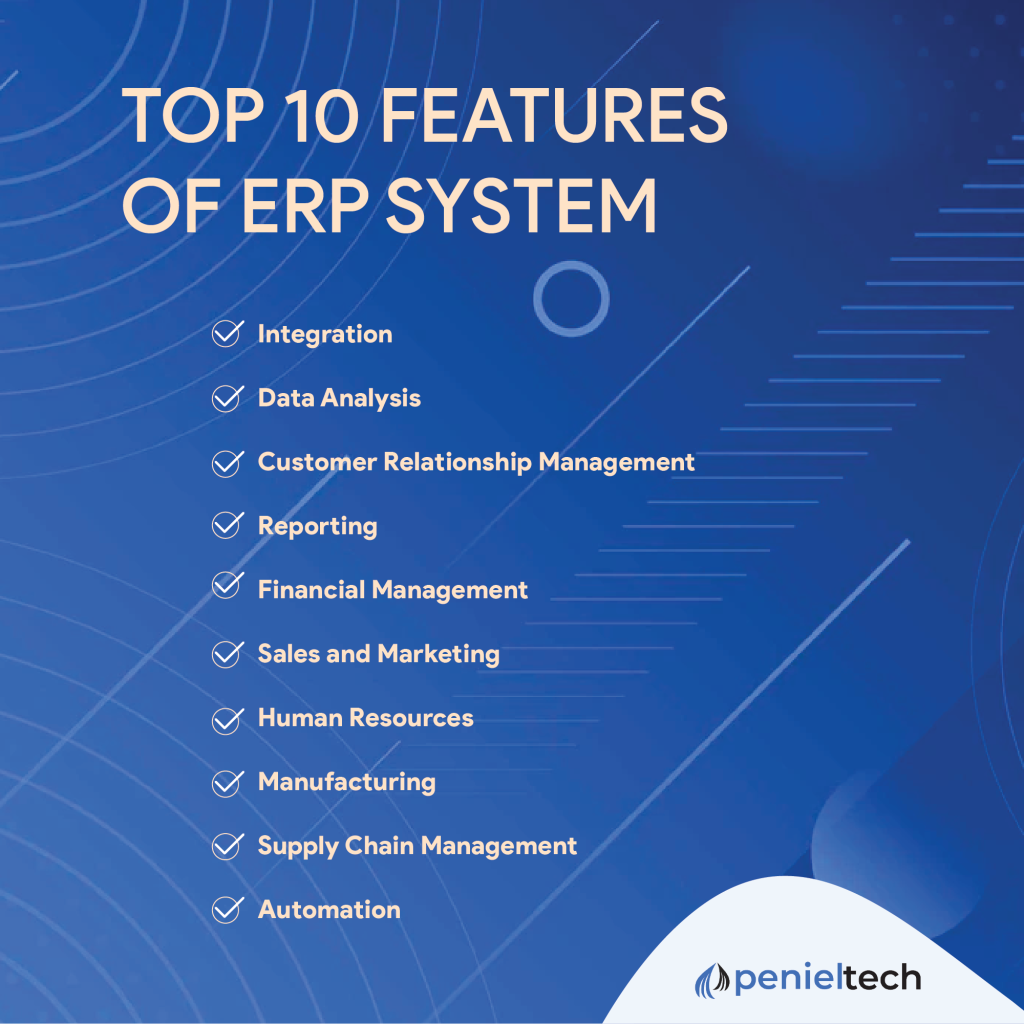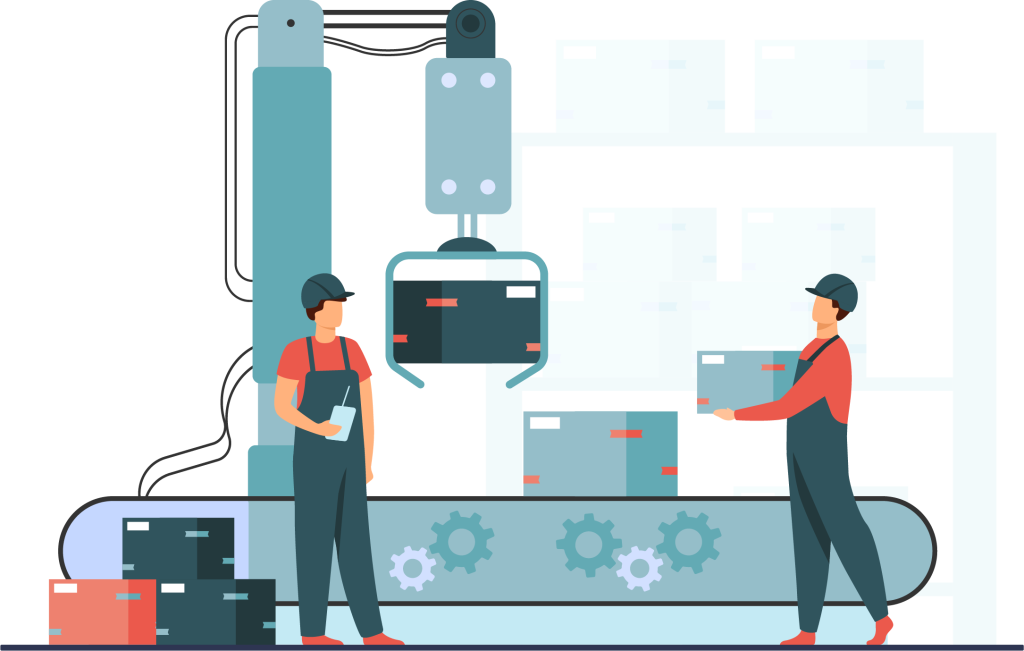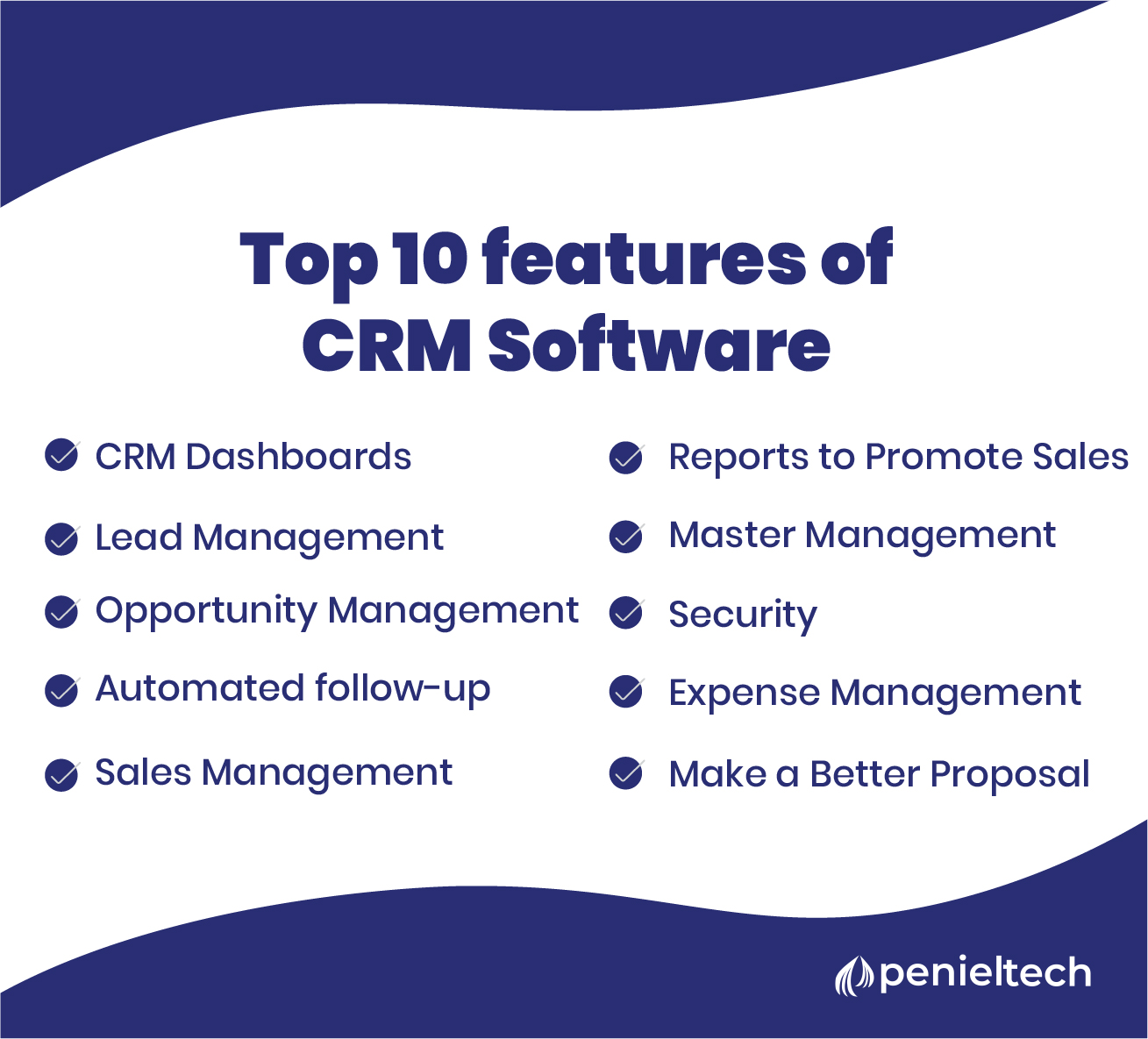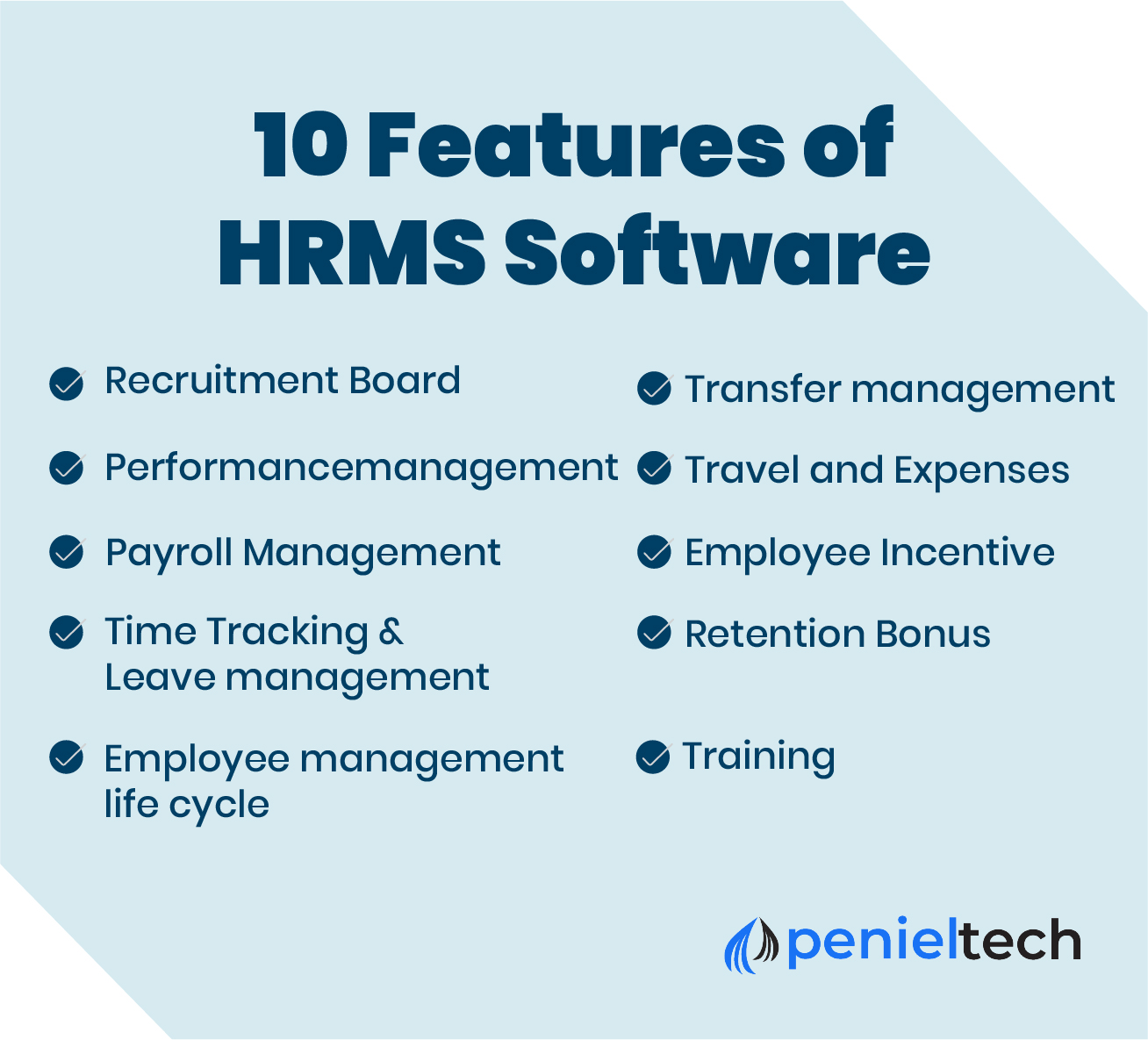What is property management software?
A property management system (PMS) is a piece of software used to manage commercial and residential rental properties as well as hospitality establishments.
Local government, manufacturing, and other businesses all use PMS.
The purpose of property management software is to make it easier for landlords, renting agencies, and property managers to administer and oversee their properties.
The efficiency of property management procedures improved through features such as automation, communication, report generation, and work order management.
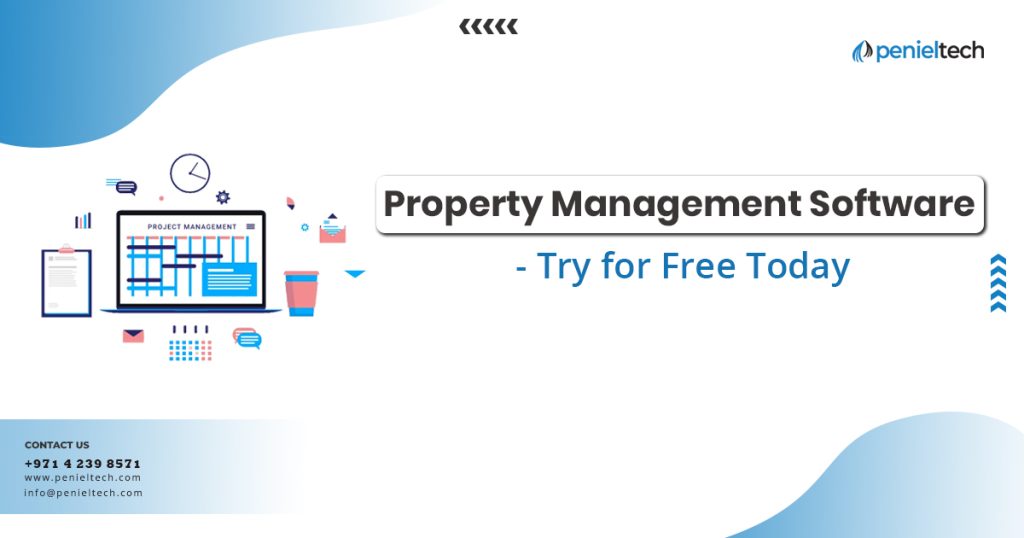
It’s crucial to remember that property management software has advantages for owners, tenants, contractors, and accountants in addition to letting agents.
Property management software is an all-in-one solution and offers several advantages to all parties concerned.
Let’s first talk about the obstacles involved in property management before we explore the need for it.
1. Responsibility
A healthy foundation requires trust, so there must be trust between landlords and property managers.
Realtors must carefully vet all prospective tenants since they are acting as landlords’ representatives.
It reduces the risk of property damage caused by negligent tenants, and it keeps the buildings and facilities in good condition.
This necessitates thorough and consistent property evaluation.
2. Time
Everyone understands the importance of time and how valuable it is.
But no one understands this more than a busy property manager.
They must constantly coordinate with the landlords, building facilities providers, and tenants connected to their portfolios.
However, in today’s world, this is practically impossible without utilizing cutting-edge technology; otherwise, managing projects and daily duties can be a real stress, and it won’t be feasible to avoid certain hazards.
3. Operation expenses
Since they immediately affect utility bills, rising energy costs hurt nearly every other property manager.
Almost everything you buy, from a straightforward soap bar to light bulbs and construction supplies, is affected by rising indirect costs.
In order to ensure that all heating and cooling systems operate properly, energy-saving activities are prioritized as well as a robust maintenance program.
The easiest method to combat growing expenses is buying bulk supplies and equipment.
4. Supporting technology
Property managers may streamline and centralize their audits and inspections with a cloud-based solution.
Cutting down on redundant work and ambiguity in everyday operations.
You may fully benefit from information sharing, teamwork, automated notifications, reminders, and task management once you use cloud-based technologies.
Additionally, it is simple to create real-time reports for a variety of criteria, including trends, performance assessments, teams, contractors, and audits.
5. Tenants
Building long-lasting relationships with your tenants are crucial.
Since it costs roughly ten times more to find new tenants than it does to extend your lease with them.
The comfort requirements of tenants haven’t altered over time; they still want good heating in the winter, a functioning air conditioner in the summer, and complete security.
Tenants eventually place a lot of emphasis on finding innovative floor ideas to help them use their space more effectively.
Here is the reason for the need for property management software
1. Better Communication
Effective communication is essential when there are numerous stakeholders to take into account.
Reaching out and receiving input reduces the likelihood of delays, misunderstandings, and errors.
With the use of property management software, managers can reach out to renters, vendors, and building owners via emails, text messages, and push notifications.
To make sure that everyone is aware of due dates and payments, this can include reminders for things like rent or unfulfilled orders.
The property manager can also contact tenants to discuss any required repairs.
Both the tenant and the property management or landlord gain from this.
When there are issues, tenants may access all relevant papers through their portal, including property certificates, and they have a set procedure for dialogue.
All communication with the property manager is handled through the platform.
The property manager can use the system to immediately send a work order to a contractor in response to a request, eliminating the need for phone calls or emails.
The renter is then informed of the task and when it is finished to promote openness.
2. Tracking and Management of Maintenance
Building upkeep is the one factor that contributes the most to customer pleasure, as was already mentioned.
The higher the tenant retention rate you achieve, the less time and money you’ll need to invest in finding and retaining new renters.
This also gives you more freedom as a property manager.
Maintenance management programs ensure that you don’t neglect your regular maintenance duties.
All open and upcoming maintenance work orders should be easily visible so that you can schedule them incorrectly.
Many renters will just take a photograph of their problem and send it to you thanks to the development of mobile technology.
Mainly the simplicity with which photos can be sent and received.
These pictures are gathered in a single spot by a central maintenance file repository.
They can then be utilized to support any possible insurance claims and assist service providers in resolving the issue.
For a more streamlined process, PMS systems frequently compile maintenance-related records including estimates, quotations, receipts, invoices, and communication histories into one spot.
3. Online payment
You’ll spend less time looking for late payments the easier you make it for your tenants to pay the rent on time.
The greatest option to simplify rent payments for your tenants is through online payment processing.
Because they can do it conveniently from their homes.
Many PMS programs also provide rent tracking features, allowing you to see who has paid up to date and who has fallen behind immediately.
Some systems also provide built-in late-fee estimators.
Landlords can benefit greatly from using online tenant portals.
These portals allow your clients to pay rent and provide them with 24/7 access to data like communication logs, rental receipts, and maintenance requests.
A thorough tenant portal will not only ensure that you are paid on time.
But it will also reduce your administrative workload and boost client satisfaction.
4. Contact management
Any landlord will tell you that managing a property properly requires a large team and that lengthy contact lists may easily become disorganized and unkempt.
You can arrange your contacts more effectively and spend less time looking up phone numbers and emails thanks to comprehensive contact management features.
For a more efficient contact management procedure, you can even combine renters, maintenance staff, landlords, suppliers, and other business partners.
While vendor databases make it simple to receive the service you need rapidly, tenant databases let you get in touch with customers.
As part of a PMS solution, lead management capabilities ensure that your properties are always occupied.
5. Finance management
Property management is no exception to the rule that successful business owners need to exercise strict financial discipline.
The top property management software will assist you in increasing revenue while lowering expenses.
By giving you a complete picture of your financial situation, expense management features can position you to get the most out of your operational budget.
While bank connectors speed up the reconciliation process, tax management solutions help you maintain compliance with local tax rules.
It’s also important to note that many premium property management apps come with powerful business intelligence (BI) features.
They examine a variety of financial parameters, including income, spending, and upkeep, and present their findings to you in an understandable manner.
In-depth analytics highlight areas of operation that are still under budget as well as any areas that require better management.
Penieltech provides property management software Dubai.
With more than a decade of real estate firm expertise and thousands of happy customers, our market-leading property management software in the UAE is a tried-and-true solution for large, small, and medium-sized real estate enterprises in Dubai.
Elate real estate software Dubai is a potent tool that enables real estate brokers and agents to quickly grow their businesses by finding and managing ideal clients.
Designed specifically for the real estate industry, our software promotes, organizes, and flawlessly manages business activities related to it.
It is a comprehensive piece of software that can admirably support your company and aim for low-cost fixes.
Property management software Dubai offers the following features
- Dashboard
- Check-In
- Check out
- Reminder
- Report
- Master
- Expense entry
